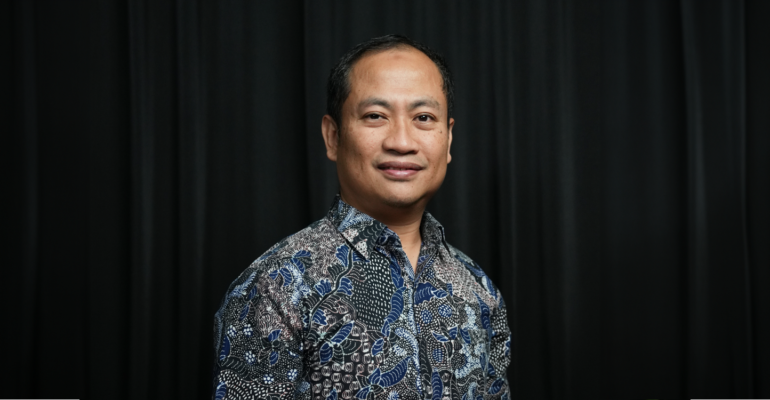Qurbani Committee Must Know, Here’s How to Properly Manage Qurbani Waste According to SKHB IPB University Lecturer

Eid al-Adha is a moment for Muslims around the world to perform the sunnah of qurbani. As an act of worship, every process of qurbani must be done and prepared properly, including the waste management.
Lecturer at the School of Veterinary Medicine and Biomedical Science (SKHB) IPB University, Dr drh Hadri Latif, MSi, explained the procedures for managing qurbani waste for the qurbani committee so that the qurbani process does not produce environmental pollution.
According to Dr Hadri, qurbani is ideally done in slaughterhouses (RPH) because all facilities are available, including waste management. However, due to time constraints and simultaneous events, the qurbani can be done outside the slaughterhouse by taking into account several things.
“By regulation, this is possible, but there are conditions that must be prepared in advance so as not to risk public health,” he said.
“The requirements for the management of sacrificial waste so that it does not become a source of disease transmission, should not be in any place, the implementation process is well coordinated by the mosque prosperity council (DKM) or the committee,” said Dr Hadri.
He explained that the committee needs to ensure the implementation of the qurbani, from the facilities to the people involved. The place for slaughtering sacrificial animals should also be prepared permanently, at least semi-permanently.
“When the place has been determined, it is necessary to know the capacity of the slaughterhouse and the waste management in advance so that when the day comes, it will be ready,” he said.
The crucial thing that is important for the community to consider in the slaughtering process is that the blood produced must be handled properly. He said, “Ideally they have prepared a place well, such as a septic tank. Blood is drained into a closed area, not an open place like a ditch or even a river.”
Dr Hadri suggested that the slaughterhouse and waste management should be separate. If the sacrificial committee does not prepare a septic tank, at least the blood should be discharged to the ground by making a hole 50 cm in diameter and 50 cm deep if the number of sacrificial animals is small. However, when there are many sacrificial animals, the committee can make a hole at least 1 meter deep.
“The hole is then closed and disinfectant is applied on the surface and all areas related to the slaughtering, including the meat handling area so that it does not become a source of infection. This is because blood is a good medium for the growth of microorganisms,” explained Dr Hadri.
In addition, he emphasized not to slaughter in school areas, such as elementary schools and kindergartens, where children’s playgrounds are difficult to clean and disinfect.
Dr Hadri advised to welcome qurbani with joy and optimism. But that does not mean it should be taken lightly and not prepared properly. The qurbani committee, he said, must really prepare everything from the beginning considering the great responsibility.
“This is a mandate from those who sacrifice, we as organizers must ensure that on the D-day everything can be done well. Things related to waste must also be prepared from the beginning, including related facilities, for example, there must be a permanent or semi-permanent place. The point is how to ensure that this waste does not pollute the environment,” he added. (IAAS/Hap)



